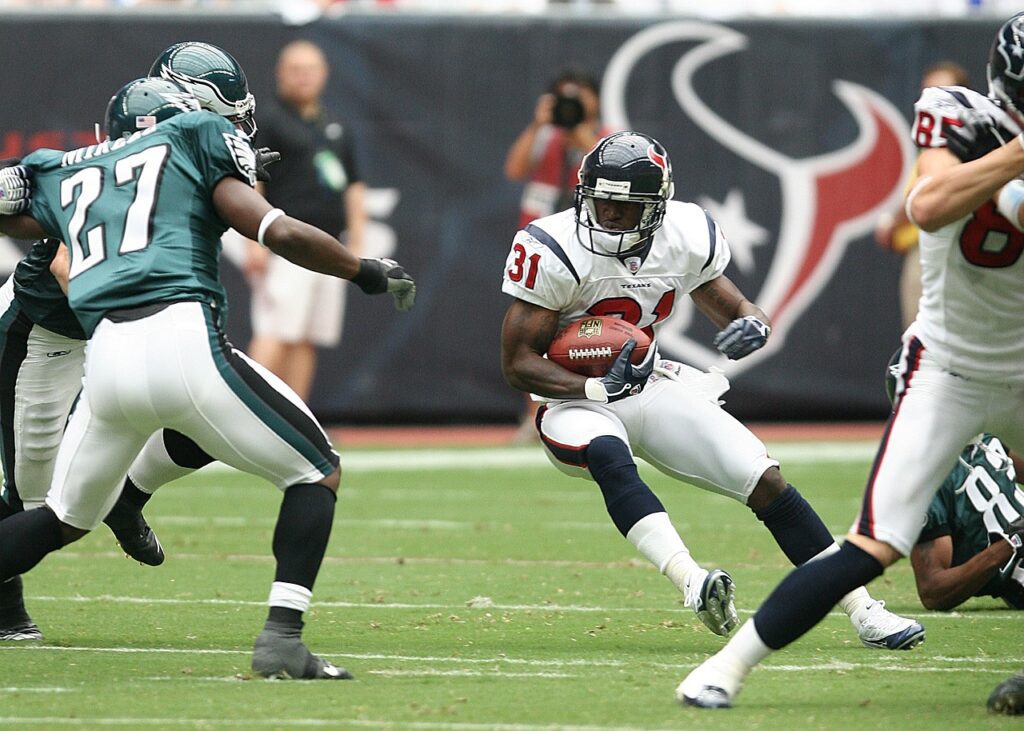Out-of-home ads can sometimes feel impersonal, sending messages that don’t stick or reach the right audiences. Obtaining the right data, however, can make your displays more profitable.
Even with the rise of digital marketing, the Out of Home Advertising Association of America (OAAA) reported that out-of-home revenue increased 4.5% in 2018, up to $8 billion.
According to the 2019 Nielson Out of Home Advertising Study, 33% of the people interviewed said they looked up information via a search engine after seeing an OOH ad, and 23% viewed the advertiser’s website after seeing an OOH ad.
One reason that OOH continues to be in demand is that, of course, these ads are seen by so many people. No matter how many new digital communication mediums are introduced, people continue to be exposed to OOH advertising. OOH messages can include anything from billboards to bus advertisements to street furniture.
How using the right data can revamp OOH marketing efforts
With all the latest advances in digital technology, your OOH campaigns can now be driven by data. One big game changer is geolocation data, which can help you measure if your target audience is in the location where your OOH ad appears. You can then use that information to send them a call to action on their mobile device, for instance.
Until recently, these OOH metrics weren’t really possible and mainly consisted of estimates. As CEO of Accretive Media, Craig Benner, told Martech Advisor, the key to the ability of today’s marketer to have actual data to drive decisions depends on connecting the physical world with a user’s digital identity.
The bottom line is that it’s not impossible to measure the effectiveness of OOH ads, not with all the digital experiences and data now available to marketers. With location and time data, marketers can track how their audience moves about in the real world, including when they make in-store visits.
Data drives real-time billboards
Another way digital is changing OOH is with digital billboards that can implement real-time updates and be activated by a range of devices, including mobile or in-car devices. Some signs can update based on how fast traffic is moving if it’s moving quickly, messages will be shorter, and if it’s heavy, they’re longer.
Some OOH ads can also track the density of foot traffic around the area where it appears, allowing marketers to place the ads more effectively based on this data.
But OOH is advancing beyond just video and digital billboards. Digital out-of-home (DOOH) continues to change each year, as more brands are seeing its value and embracing the opportunities it provides for cross-channel marketing and retargeting. What’s really exciting about DOOH is that it provides even more ways for marketers to get creative, using the data they have to make meaningful connections to the audience they’re trying to reach.
While OOH has been around for a long time, there’s nothing antiquated about personalizing your targeting efforts to make significant impacts on your client base, driving sales and long-term business growth.
Why BDEX data?
The team at BDEX makes sure you reach your ideal customers with data-driven messages. Only then can you develop the meaningful human connections that your marketing strategy depends on.
The BDEX Data Exchange Platform includes over 1 trillion data signals on customers in the U.S., over 6 billion unique IDs, and over 5,500 different categories for you to choose from. We also match customer IDs with over 800 million connections between email and mobile IDs, and cookie and email IDs.
When you begin to use our Taxonomy Explorer tool, all you have to do is decide what kind of users you want to reach, choose your industry, and decide whether you want the audience or dataset class. Then you’re on your way to gaining access to valuable insights that can only be powered by data.
Contact us at BDEX for more information about how our data solutions, including our Omnisource IQ data-as-a-service tool and our Identity Graph, can help you transform your marketing strategy, combining both traditional and modern methods of advertising.




